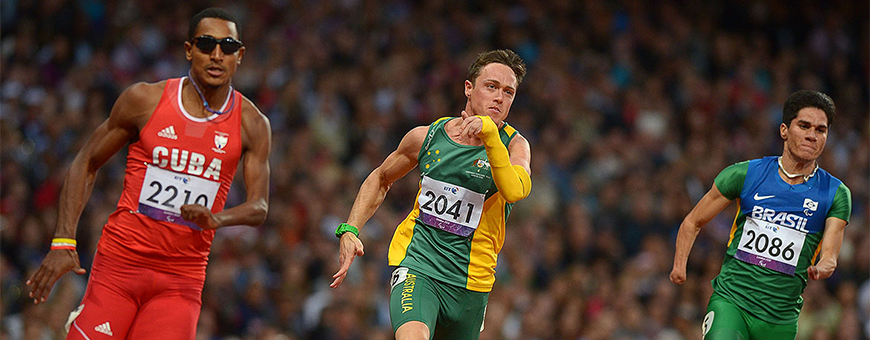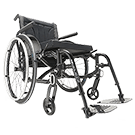
When and How Did the Paralympics Begin?
The Paralympic Games has grown from humble origins to become one of the world’s largest and most-renowned sporting events, with over 146 nations sending athletes to compete at the recent games. But where did it all begin, and how did it become the global sporting powerhouse it is today?
1948: Early Precursors to the Paralympics
An early version of the Paralympics took place when neurosurgeon Lugwig Guttman devised an event to provide physical therapy for British veterans of World War II. Guttman pioneered radical changes to the treatment of spinal cord injuries, and organised the first International Wheelchair Games in 1948.
Four years later they were joined by veterans from Israel and the Netherlands, making it the first international competition of its kind. Known as the Stoke Mandeville Games, they were early precursors to the Paralympic Games.
1960: The First Official Paralympic Games
Athletes with disabilities had already competed in the Olympic Games, starting with German-American gymnast George Eyser in 1904, who had one artificial leg. Hungarian Karoly Takacs – a right-arm amputee who could shoot left-handed – also competed in shooting events in both the 1948 and 1952 Summer Olympics.
The first official Paralympic event took place in Rome in 1960, held in conjunction with the Olympic Games and open to non-veterans. Four hundred athletes from 23 countries converged on the iconic site to compete; initial Paralympic events were only for athletes in wheelchairs, but this was to change in 1976.
1976: Winter Games and Expanded Disability Classifications
1976 was an exciting year for the event, because the first ever Winter Paralympic Games were held in Örnsköldsvik, Sweden. With the revision of their disability classifications happening in the same year, the Summer Paralympic Games expanded to include over 1600 athletes from 40 countries.
The new categories included impaired muscle power, impaired passive range of movement, limb deficiency, leg length difference, short stature, hypertonia, ataxia, athetosis, vision impairment and intellectual impairment.
1988: Recognised by the International Olympic Committee
The Paralympics was officially recognised by the International Olympic Committee (IOC) in 1988, and the games were held directly after the Olympic Games for the very first time – in the same host city and the same facilities.
The international television rights for the Paralympics were sold, and a worldwide audience were able to watch for the very first time. This kickstarted a period of phemomenal growth, with a tremendeous upswing in global interest that remains to this day.
From humble origins, the Paralympics has grown to become an international event of serious repute; starting with a mere 400 athletes back in 1960, it has since grown to over 3,900 athletes at the Beijing event in 2008. It is estimated that the Beijing Games were watched by a global audience of 1.5 billion people, making it one of the biggest sporting events in the world.










